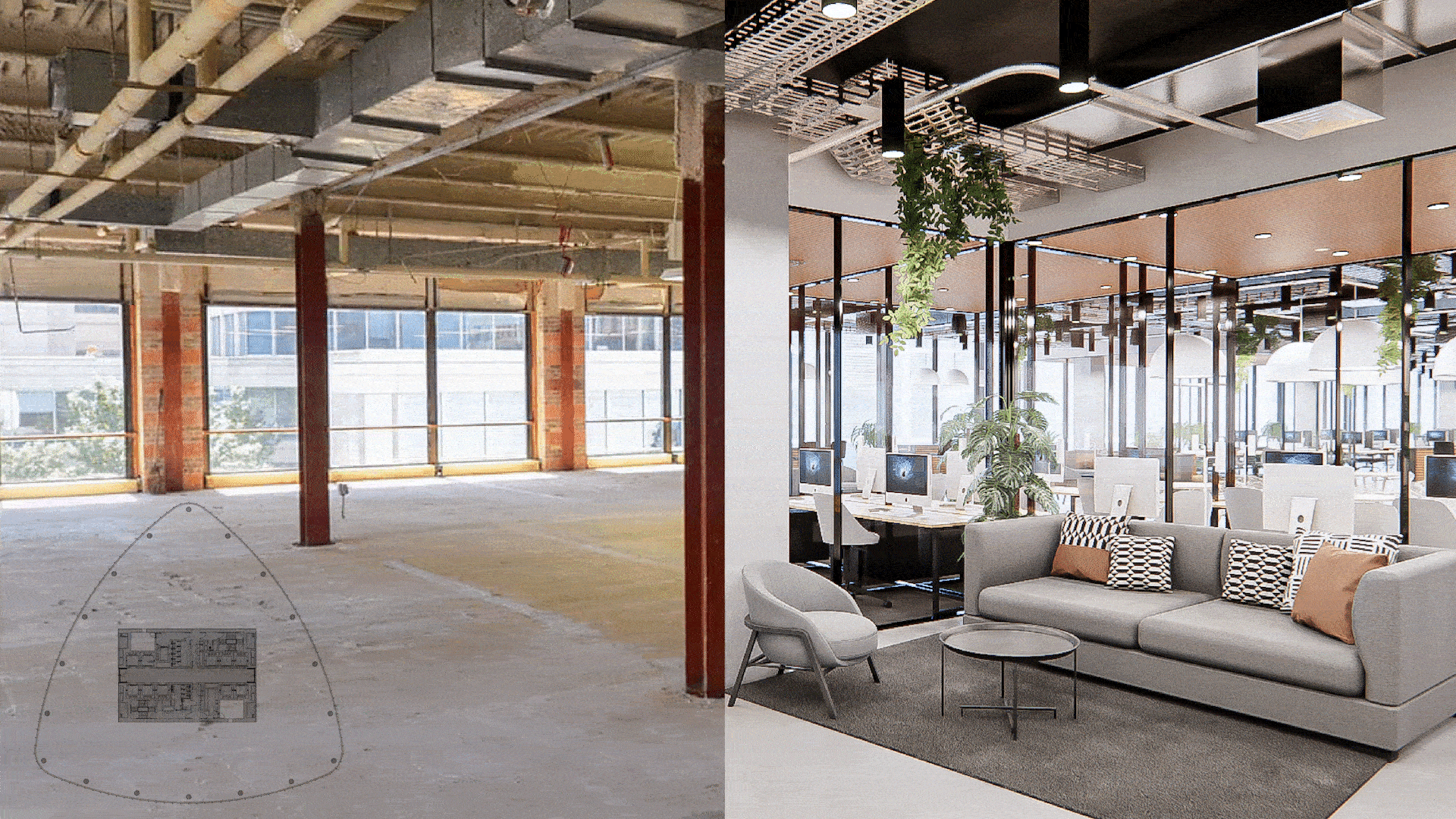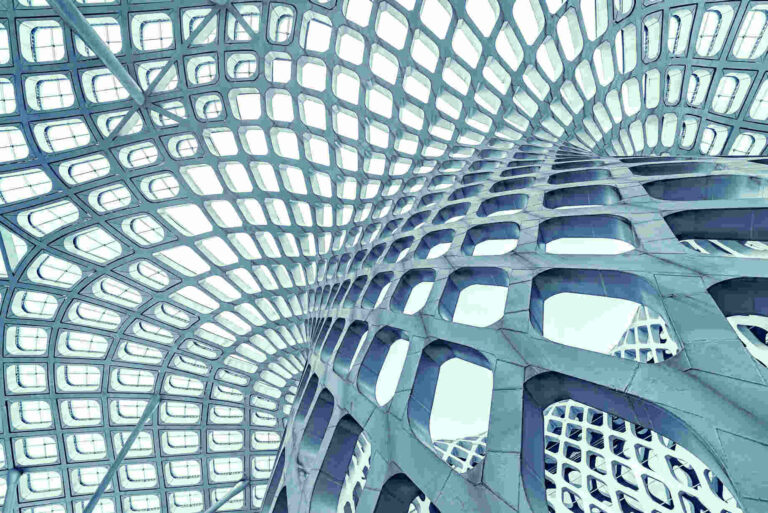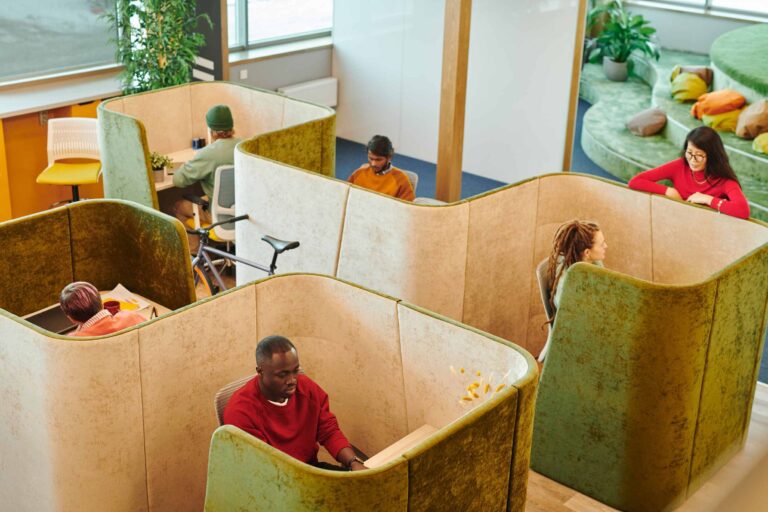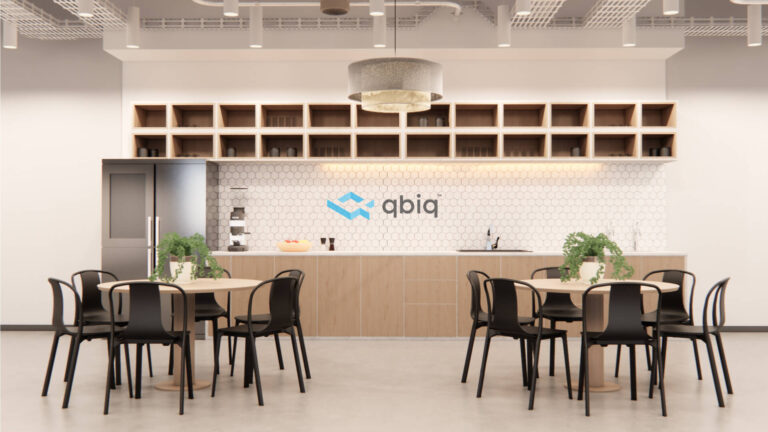Employees’ New Needs Are Changing The Traditional Office
In the next few years, Silicon Valley offices are about to change dramatically. Facebook’s office has thousands of employees in a single, mile-long workspace. Google’s campus was designed by architects to promote as many spontaneous social encounters as possible. And Samsung’s U.S. headquarters will include vast outdoor areas and public spaces that are designed to encourage employee mingling – a stark contrast to the company’s older offices, notorious for their traditional corporate architecture.
These changes are not arbitrary; in a post-pandemic world, where the physical office has become a less obvious choice for work and business, companies realize they must adapt their spaces. Employees’ needs are changing, and one size doesn’t fit all anymore. And as with many things starting in Silicon Valley, this trend is expected to spread to workspaces everywhere.

Read more:
- Office Space Planning for a Hybrid Workplace
- How Well-Designed Offices Affect Company Performance
- How to Optimize Your Office Space Planning?
No More Cubicles
It is unsurprising that traditional office spaces don’t seem to work for employees anymore. The Covid-19 pandemic has altered work dramatically. Remote work is no longer just a temporary fix. Technology has an even bigger impact on how people work and exchange ideas. An office space is expected to deliver more than just a workstation.
When it comes to office space planning, the change is felt the most. The classic cubicle, for example, has been increasingly removed from offices in favor of open plans. Management offices are getting smaller as more and more managers work shoulder to shoulder next to their employees. Public areas and break spaces are taking over more spare footage. And even assigned sitting is starting to get torn down – as flexible workstations, standing desks, or even no desks at all are trending in offices everywhere.
In order to make office spaces attractive to hybrid workers, companies are willing to experiment, transforming the office space and, with it, transforming work culture.
How Will the Offices of The Future Look Like?
While some companies may be able to keep operations working fully remotely, more and more companies are re-opening their offices and investing a lot of resources in encouraging face-to-face interaction. So what does a great in-person office experience look like in the post-pandemic world?
Safety First
The initial focus of new offices opening around the world will continue to be keeping employees safe and assuaging their fears. As employers and employees alike are hyper aware of health risks, offices have adapted to create a flexible work environment that provides maximum security. This includes safe distancing, touch-less technology (such as digital check-ins), a rotating staff, and even flexible furnishing.
The Office as a Tool for Growth
As the role of the office changes, companies should rethink the role of the office in their strategy. The office is no longer simply a space that accommodates employees; it could be a strategic tool for growth. Many studies show that re-engineering space for interactions over efficiency can increase office productivity, sales, and innovation at a company. Investing in re-planning the office, from a growth standpoint, is about encouraging employee wellbeing and promoting flexibility.
Redefine Boundaries
Promoting collaboration isn’t just about more common spaces. The new office weaves the workspace into the urban fabric, creating highly networked and multipurpose spaces that break the traditional hierarchical systems of the company. This is not an easy shift, and it will require restructuring spaces to reflect how people work and not what their position is.

Tech-enabled Offices
To justify itself as a unique space to work from, the future office will transform into a smart and dynamic space that incorporates technology that’s all about improving employee experience. Agility and resilience are necessary for any company, and highly digitized workspaces reduce friction at the workspace and enhance its comfort and ease.
Wellness Conscious
In the post-pandemic era, employees expect more from their employers. Futures that will consider mental, physical, and emotional wellness when planning their workspace will not only increase employee satisfaction, but will also increase productivity.
Personalization and Customization
In a world where the physical office is no longer taken for granted, there is more room for personalizing its layout planning and design according to each company’s needs. The days of the cookie-cutter corporate offices are gone, as companies today invest energy and money in tailoring their office to their present and future goals.
Planning the Ultimate Office Space
Planning an optimized, customized office starts with finding the perfect space for it. With qbiq, you can start the process of optimizing your new workspace even before you lease your floor. Using advanced AI technology and generative design, qbiq’s office space planning engines help you envision your ultimate office in any space, providing optimized office planning and layout alternatives tailored to your needs. And the best part, you get the layout plans and 3d virtual tours in only 24 hours.

Want to hear more about what qbiq can do for your business? Request a demo




